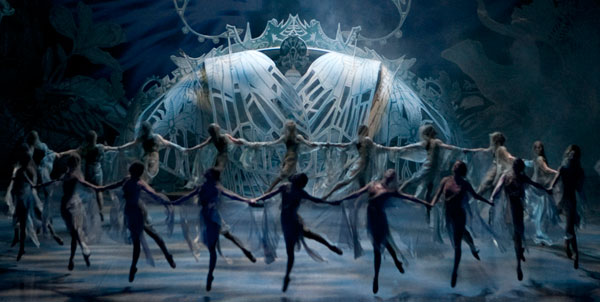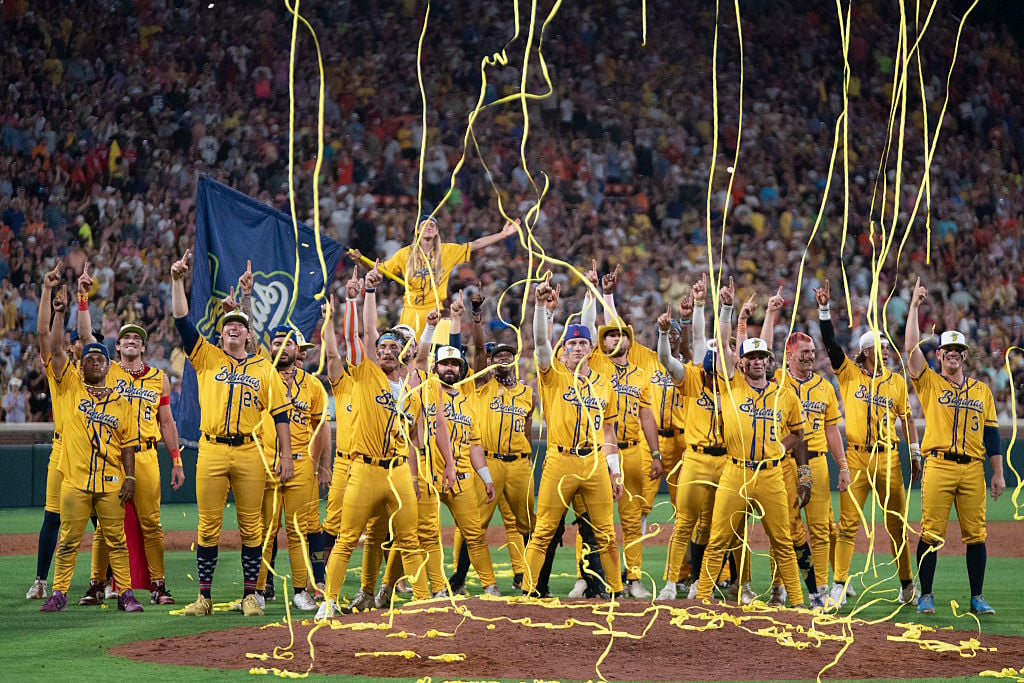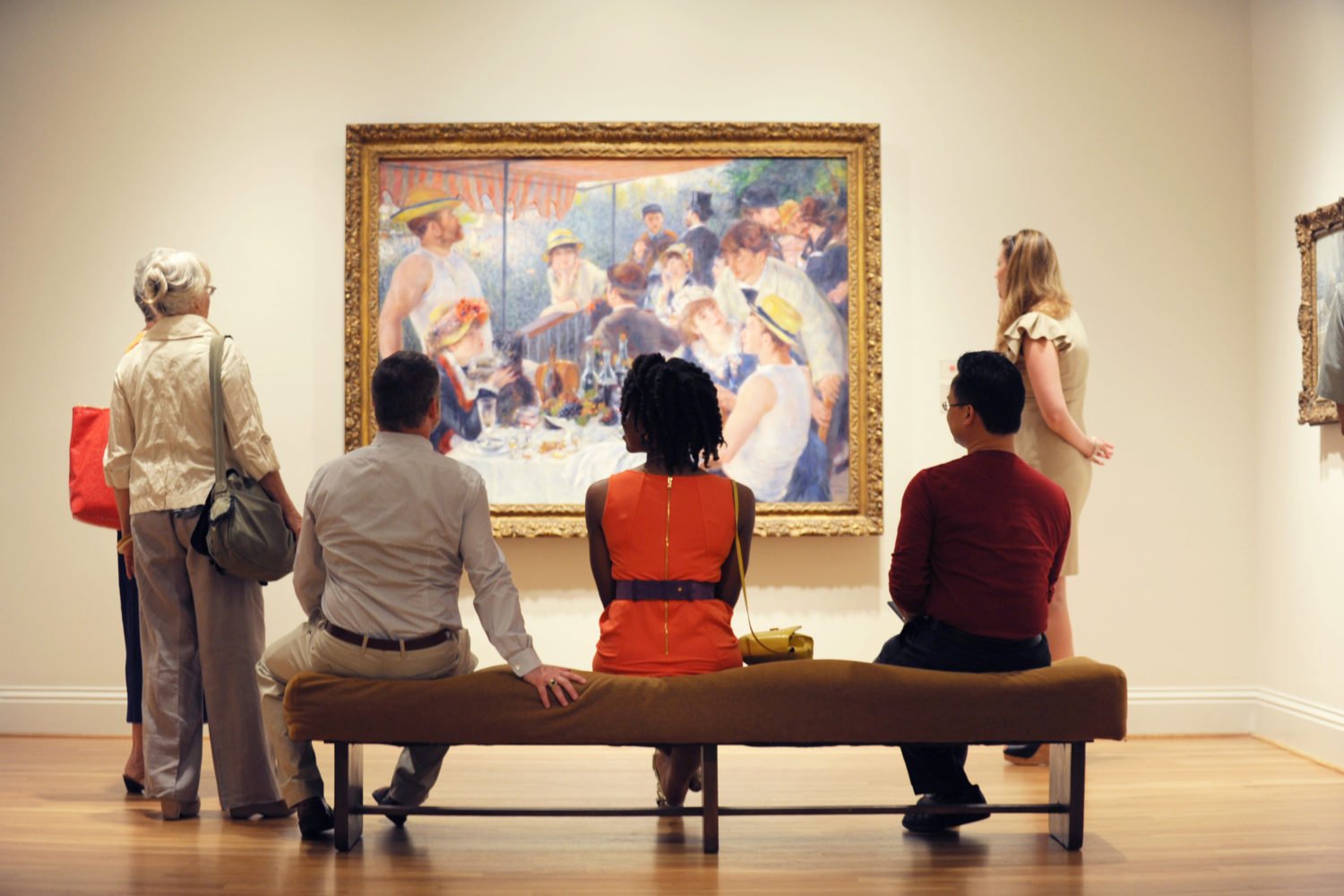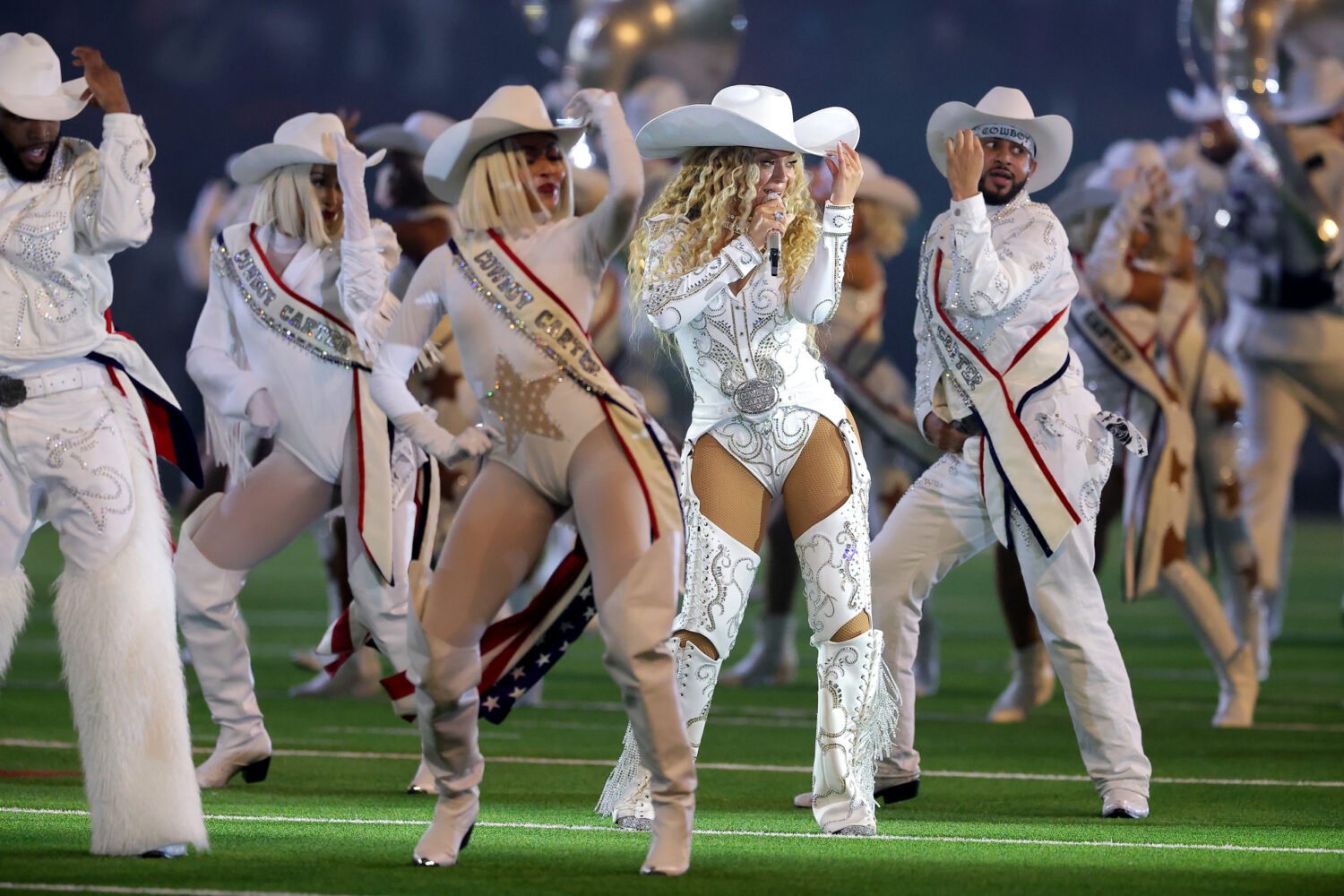Theater-goers catch a rare glimpse into the world of Danish ballet in the Kennedy Center's production of A Folk Tale.
Ballet in Denmark goes back to the mid-18th century, when the Royal Danish Ballet was established in its home, Det Kongelige Teater in Copenhagen.
The company has brought two of its productions to the Kennedy Center this week, and the experience of Tuesday’s performance of the Danish classic A Folk Tale made it clear that the Danes are presenting ballet as one rarely sees it done here in Washington. To mark the pride of Denmark in its leading ballet company, the Queen of Denmark, Margrethe II, and her Prince Consort attended opening night, waving to the audience from their box. Not only are neither of these ballets (the second production, Napoli, opens Friday night) commonly staged, the production values of the costumes, sets, and stage effects are of strikingly high, even lavish quality. Both ballet regulars and novices to dance will be enchanted.
The ascendancy of Danish ballet goes back to a French dancer and choreographer, Antoine Bournonville. He was a student of Jean-Georges Noverre, the French choreographer who helped create the single-narrative modern ballet we know today. When Bournonville was ballet-master in Copenhagen, he had a son named August (1805-1879), who went on to become the company’s lead dancer and then choreographer. August Bournonville created most of the company’s signature ballets, which are still its bread and butter today, lending his name to a style of dance for which the company is still known. In an unsettled period at the end of the 20th century, according to ballet scholar Marion Kant, the Royal Danish Ballet struggled to balance the desire to preserve the Bournonville tradition and move into a new millennium. The company had five different directors from 1994 to 2002, and each one tried to update Bournonville in different ways. Nikolaj Hübbe, artistic director since 2008, has had the most success, and he has chosen to put his updated versions of the Bournonville classics, sharing the credit with Sorella Englund, at the center of the company’s North American tour.
Jennifer Homans, whose definitive book on the history of ballet, Apollo’s Angels, was published last year, connects Bournonville’s ideas for new ballets to the Danish writer Hans Christian Andersen. Through him Bournonville tapped into “graceful images” that “came directly from Danish folklore, transposed and refined in Andersen’s mind: ghosts, fairies, trolls, elf girls, nymphs, water sprites, and other Nordic and natural creatures [that] had been a constant presence in stories told around campfires during his childhood.” Andersen, who had tried to become a dancer himself, even presenting himself to Antoine Bournonville, was entranced by how dancers, who had usually grown up just as poor as he had, but somehow gained access on the stage to that airy realm of his fairy tale imagination.
This aspect is certainly seen in A Folk Tale, in which the beautiful girl Hilda, daughter of a wealthy country family, is switched as an infant with a troll baby. Junker Ove, a man betrothed to the girl’s doppelganger, the cantankerous Froken Birthe, falls into the clutches of the trolls in their enchanted hill, setting into motion events that will return Hilda and Froken Birthe to their rightful mothers. Most of the choreography is about narrative motion and pantomime, with moments of virtuosic dance few and far between. The pantomime, though, is carefully thought through and dramatically convincing, with a complete vocabulary of gestures, movement, and facial expressions.
Susanne Grinder is a light, flitting presence as Hilda (the “Giselle of the North”, as Homans put it), although as with most of his ballets, Bournonville gave more challenging choreography to his male lead. Polish principal Marcin Kupinski is lean and handsome as Junker Ove. The most striking dance in the ballet is their pas de deux in Act III, to delightful music by Niels Gade with well-played solos for harp, flute, and violin. Kupinski falls and staggers, seemingly sapped of energy until he touches Grinder and then holds her up and is magically restored to strength. It makes for a charming twist on the union of lovers.
Alba Nadal, a member of the corps de ballet, has a hilarious turn as the dominatrix-like Froken Birthe, complete with leg-revealing skirt, riding crop, and black leather boots, even at one point riding splay-legged on a saddle-outfitted swing, a scene with overtones right out of a Fragonard intrigue painting. In her tantrum in Act III as her troll identity is discovered, she struggles to retain the veneer of the Bournonville method and classical ballet as her steps and movements become half-monstrous.
The corps de ballet on Tuesday was exquisitely timed and unified, matching the music’s pace even as conductor Graham Bond struggled to keep the Opera House Orchestra on track, with a few problems of ensemble most prominent in the second act. The dancers moved gracefully and with athletic coordination as peasants in Act I, with movements that recalled folk dancing, and especially in the dance of the blue-veiled elf maidens at the end of Act I. What this new staging does with the world of the trolls is right out of Rocky Horror Picture Show or Freaks, with the second act, set in the world of the fairies to music by J. P. E. Hartmann, featuring a hilarious gallery of monsters and misfits in graphic costumes, led by the Muri of Mogens Boesen, in the same dominatrix outfit but with hairy arms and legs. In Act I the trolls’ hill opens up its lacewing-like gates by hydraulic power (sets and costumes by Mia Stensgaard), and more than once fairies are flown in on wires. It may be over the top, but it is strikingly done.
The Royal Danish Ballet’s production of “A Folk Tale” will be repeated Thursday evening, followed by “Napoli” Friday through Sunday. Tickets ($29-$99) are available through the Kennedy Center’s Web
site.
Subscribe to Washingtonian
Follow Washingtonian on Twitter
More>> After Hours Blog | Arts & Events | Happy Hour Finder | Calendar of Events

















